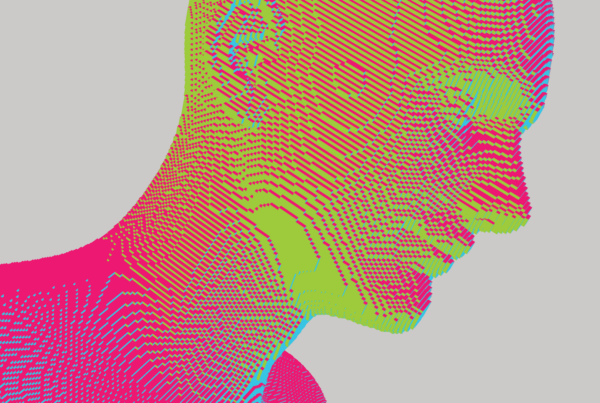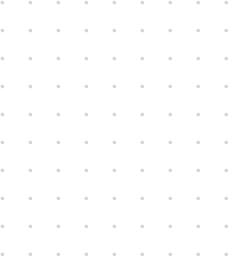

In the most important piece of the digital transformation puzzle, we start by understanding your employees’ unmet needs, then design solutions to nurture their entire journey. It’s no longer build it so they will come. It’s build it so they will stay.
Our omni-channel, end-to-end solutions bring people-first design expertise coupled with leading-edge technology to provide lasting impact. In short: we help you empower your customers.
True workplace transformations unite your employees, support your customers and optimize your operational efficiency. Our transformations seek to digitize siloed processes and evolve your business to work smarter, faster and people-first. Because we believe work shouldn’t have to be work.
this space intentionally left blank








